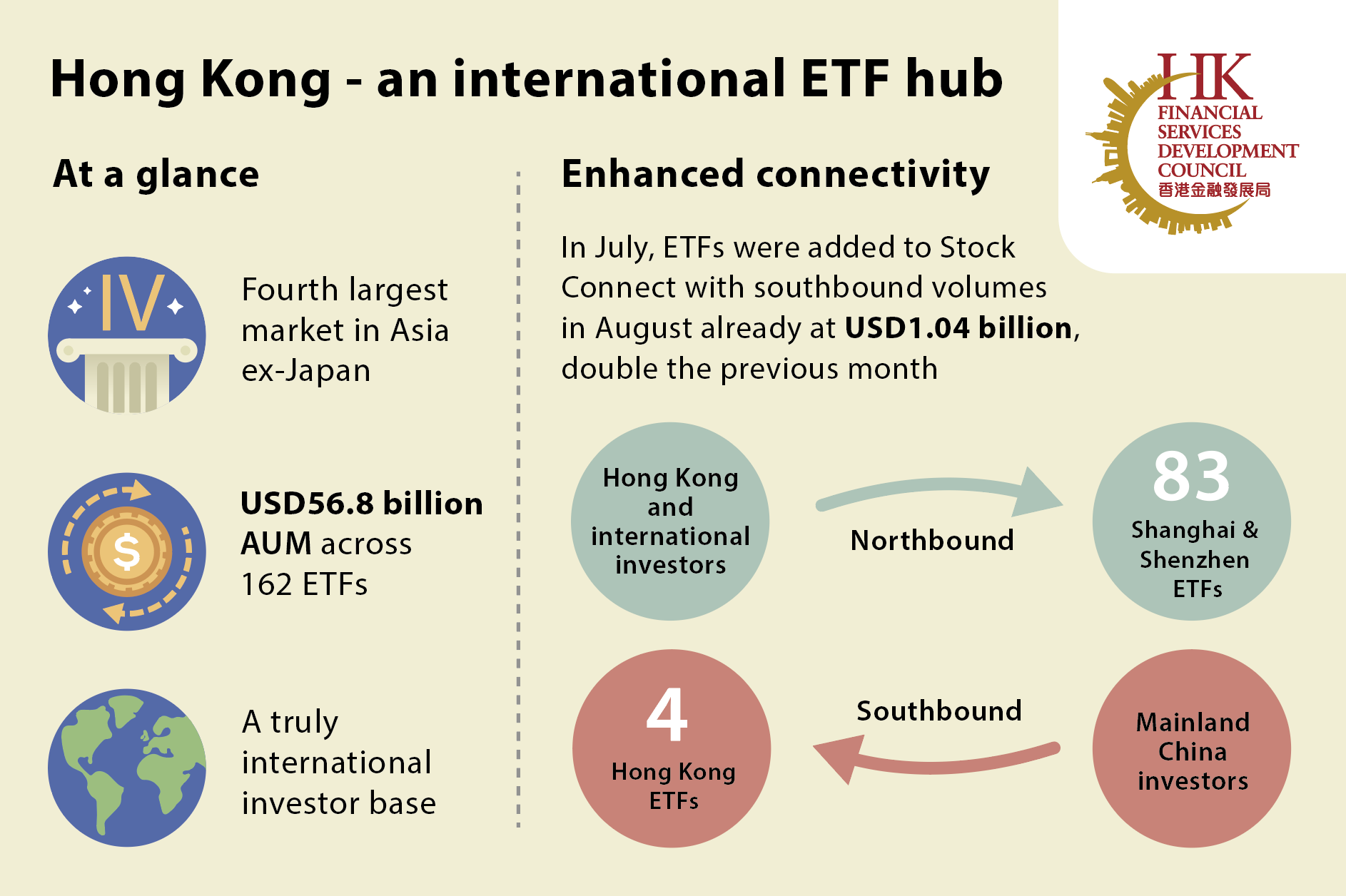Alright, folks, let’s talk eggs. Because apparently, even a simple breakfast staple can’t escape the political whirlwind. Former President Trump weighed in on egg prices Friday, astonishingly claiming they’ve plummeted 87% and are, get this, too low. Seriously?

Now, I’ve been dissecting market trends for years, and let me tell you, the numbers paint a very different picture. The USDA reported a wholesale price of $3.13 per dozen as of Friday – actually a slight increase week-over-week. And the Bureau of Labor Statistics clocked in March egg prices at a hefty $6.23 a dozen, up from $5.90 in February. Where’s the 87% drop, Donald?
He reminisced about the egg-flation crisis during his first week in office, when prices were skyrocketing and shelves were bare. Fair enough, that was a mess. But to suggest an oversupply driving prices down to alarmingly low levels? That’s…optimistic, to say the least.
Let’s quickly break down egg pricing dynamics:
Egg prices are incredibly sensitive to supply shocks. Disease outbreaks, like avian flu, can decimate flocks, driving prices upwards. Demand also plays a key role, particularly around holidays like Easter.
Production costs – feed, labor, and housing – all impact the final price consumers pay. These costs have been significantly elevated in recent years due to inflation.
Retailers and distributors add their markups, so wholesale prices don’t directly translate to what you see on the grocery store shelf. Expect those prices vary.
Market speculation and geopolitical events can also introduce volatility. It’s not just about the chickens!
The fact is, the egg market is complex, and sweeping statements don’t exactly inspire confidence. It’s a reminder that ‘alternative facts’ don’t change market realities. Let’s stick to the data, people!





